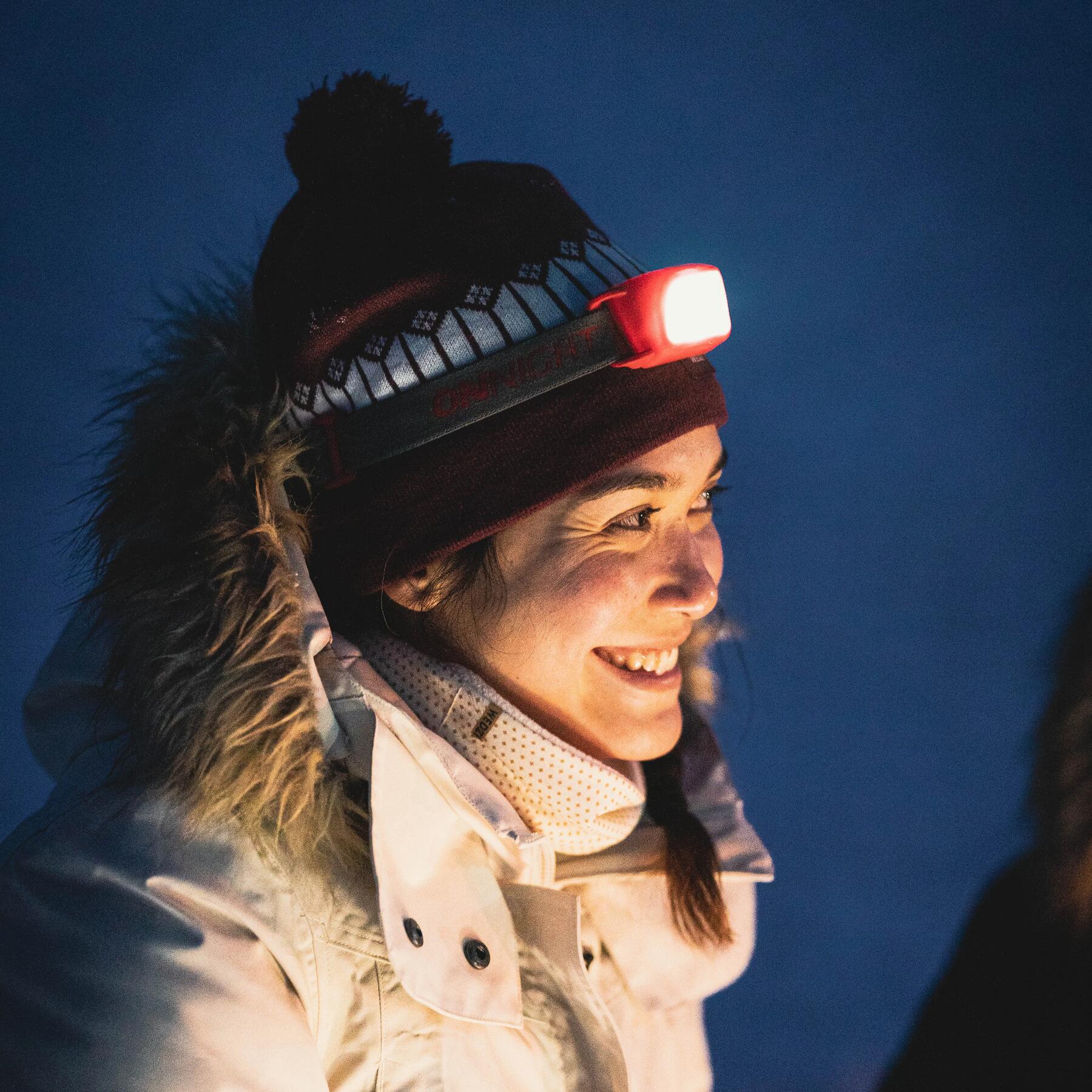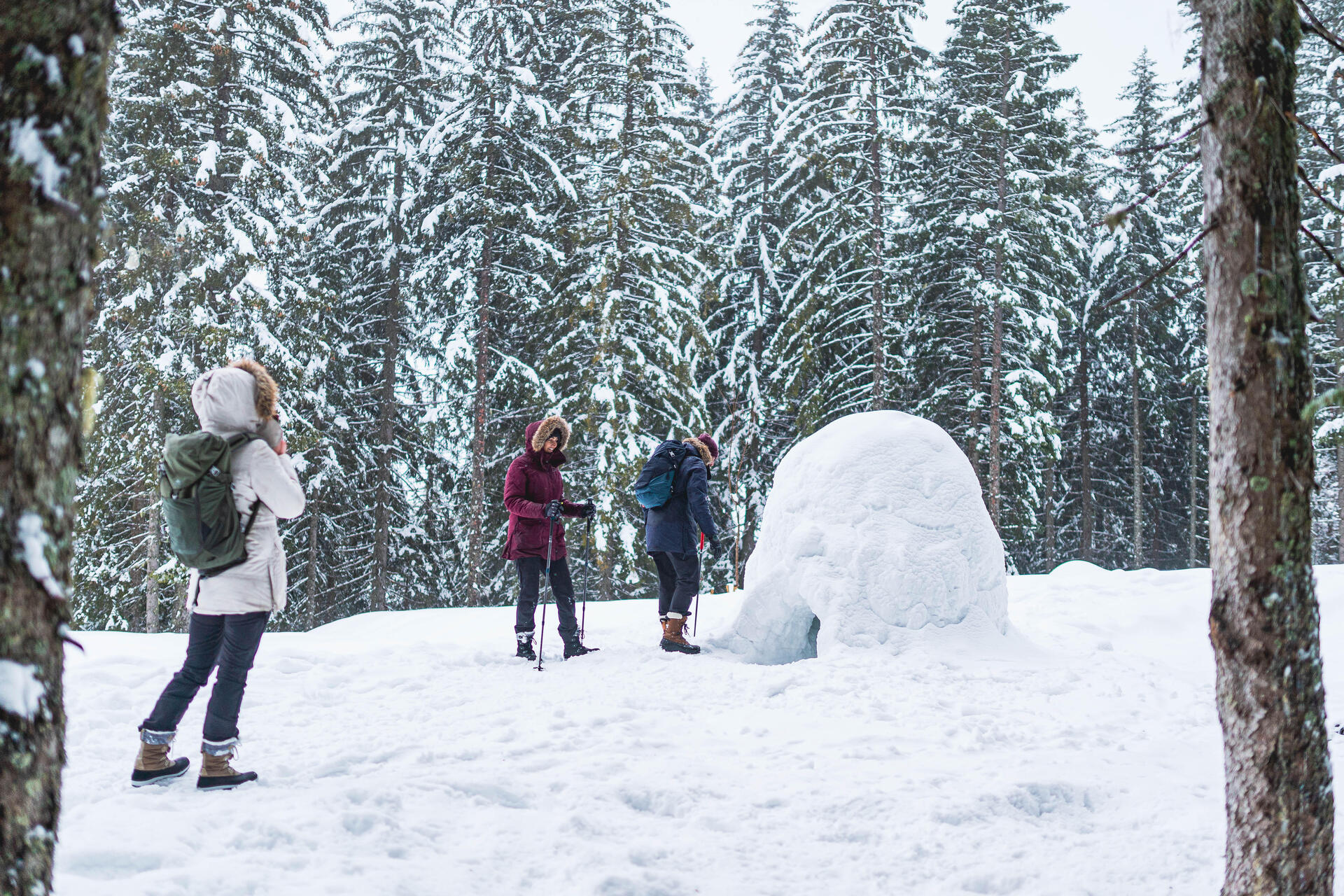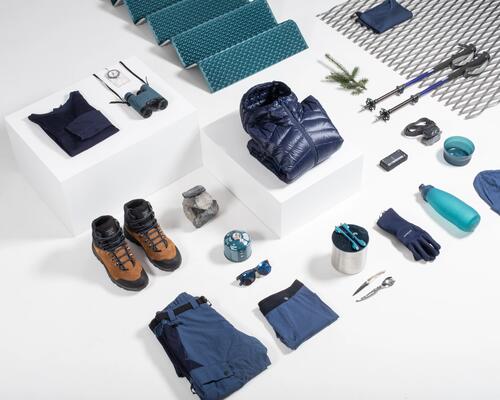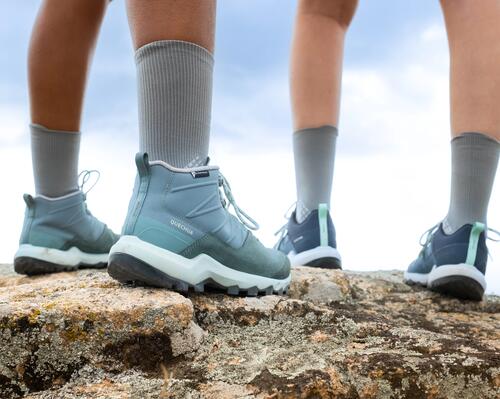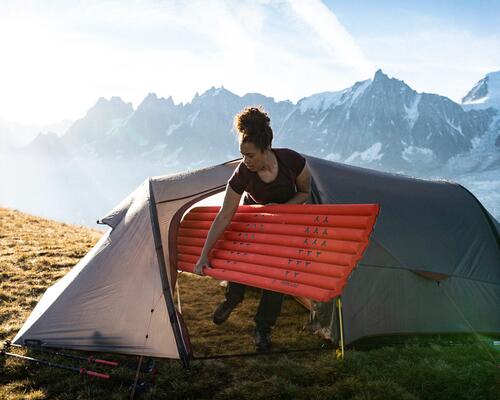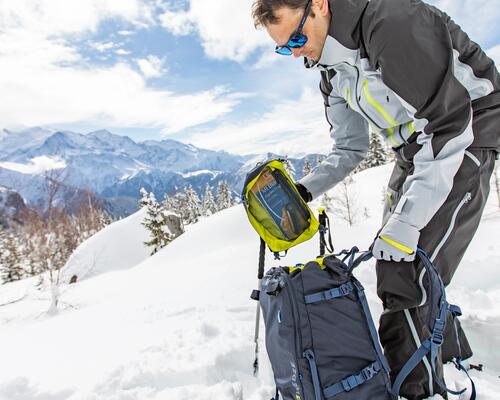STEP 1: Planning the date and place
Before setting off for a bivouac in the snow, you need to decide on a destination. If you’re looking for snow, you’ll likely choose the mountains or northern countries. If you’re already a summer mountain enthusiast and want to go bivouacking without a guide, choose a hike and place you already know, all at low altitude.
However, it’s important to realise that even if you know the place well in summer, it will be very different in winter, and there may also be avalanche risks you need to consider. For these reasons, if you’re not trained in dealing with avalanches, or not used to bivouacking in winter, we strongly recommend that you call on a guide (or mid-mountain leader) to accompany and train you.




